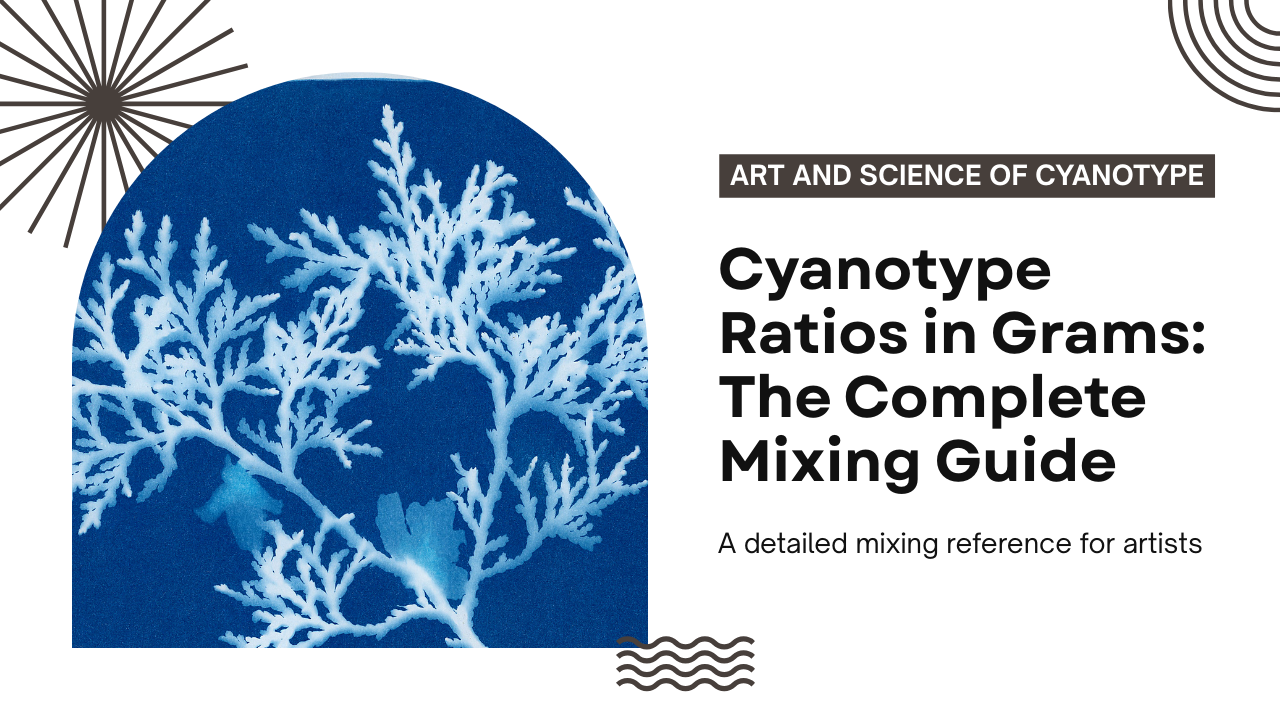Why Use Plexiglass for Cyanotype?
Traditionally, cyanotype is done on paper or fabric, but plexiglass adds a modern, transparent dimension. Its high light transmission creates a sense of depth, turning classic cyanotypes into floating, luminous artworks.
Our clear budget plexiglass sheets are ideal for this purpose:
-
Available thicknesses: 2 mm, 3 mm, and 5 mm
-
Light transmission: 92%
-
Thickness tolerance: ±10%
-
UV-resistant and weatherproof
-
Custom-cut to your preferred size
👉 View our clear plexiglass sheets for cyanotype.
How Thickness Affects Exposure Time
Although plexiglass transmits about 92% of UV light, each extra millimeter slightly increases light diffusion. This changes the exposure time and the sharpness of your image.
Here’s a practical overview of recommended exposure times per thickness:
| Plexiglass thickness | Light transmission | Recommended exposure time* | Effect on print |
|---|---|---|---|
| 2 mm | ± 92% | 2–3 minutes | Very sharp image, strong contrast – ideal for detailed negatives. |
| 3 mm | ± 91% | 3–4 minutes | Slightly softer edges, smooth tonal transitions. |
| 5 mm | ± 89–90% | 4–6 minutes | Gentle diffusion, dreamy and soft blue appearance. |
*Based on direct sunlight or a strong UV lamp positioned 15–20 cm from the surface. Double the time under cloudy or diffused light.
Tips for Perfect Cyanotypes on Plexiglass
1. Use fresh cyanotype chemicals
The balance between the two chemicals determines the clarity and intensity of your blueprints. Always mix fresh solutions right before coating.
👉 Buy high-quality cyanotype chemicals – ferric ammonium citrate & potassium ferricyanide at Cyanoprints.
2. Ensure firm contact between negative and surface
To achieve sharp detail, make sure your negative is pressed tightly against the coated surface. Use a flat contact frame or clamps if needed.
3. Test different exposure times
Create test strips and expose each section slightly longer to find your ideal exposure time. This helps you avoid over- or underexposure.
4. Check your light source
Use direct sunlight or a strong UV lamp. The closer and more focused the light, the shorter the exposure time required.
5. Record your settings
Always note plate thickness, light type, distance, and exposure time so you can reproduce your best results.
Artistic Effects by Plexiglass Thickness
-
2 mm: Crisp, high-contrast results – perfect for botanical studies, architectural cyanotypes, and fine details.
-
3 mm: Balanced softness with natural light transitions – ideal for portraits or organic subjects.
-
5 mm: Subtle light diffusion and a dreamy glow – excellent for abstract or atmospheric prints.
👉 Explore all plexiglass sheets for cyanotype at Cyanoprints.
The Chemistry Behind Cyanotype
The cyanotype process is based on a light-sensitive reaction between two compounds:
-
Ferric ammonium citrate – reacts to UV light.
-
Potassium ferricyanide – creates the deep blue pigment, Prussian Blue.
After exposure, the print is rinsed in water, revealing the iconic blue image.
👉 Order our cyanotype chemical set directly from Cyanoprints – fresh, safe, and ready to use.
Combine with Other Cyanotype Materials
At Cyanoprints, you’ll also find:
Everything you need for a complete cyanotype workflow – from chemistry to exposure.


